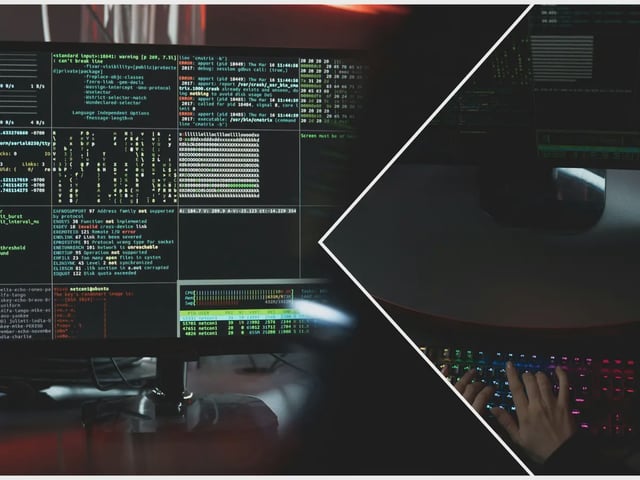Overview
- The Administrative Office of the U.S. Courts described recent cyber intrusions on CM/ECF and PACER as sophisticated and persistent, confirming that sensitive filings were compromised.
- Officials have rolled out multifactor authentication, zero-trust architecture, stricter access controls and encrypted communications to safeguard sealed court documents.
- Investigations are probing both nation-state and criminal group involvement, with fresh reports indicating Latin American cartels may have obtained confidential informant and witness information.
- Chief judges in the 8th Circuit were briefed in Kansas City on the breach, and House and Senate Judiciary committees received a classified follow-up briefing request for September.
- The judiciary is working with the Justice Department, DHS, the FBI and Congress to assess damage, mitigate risks to litigants and secure funding for a multi-year overhaul of its legacy systems.



